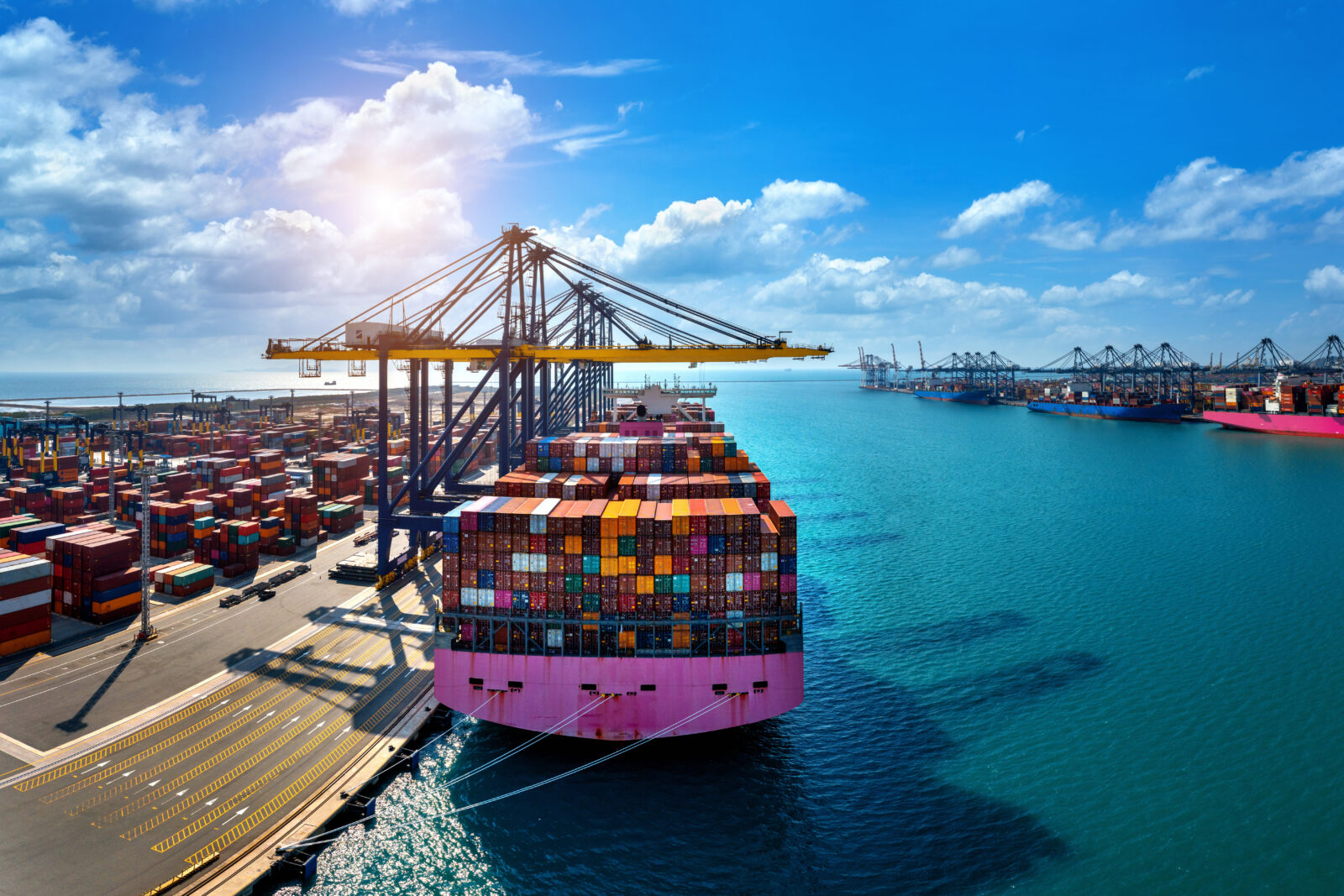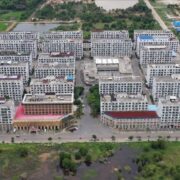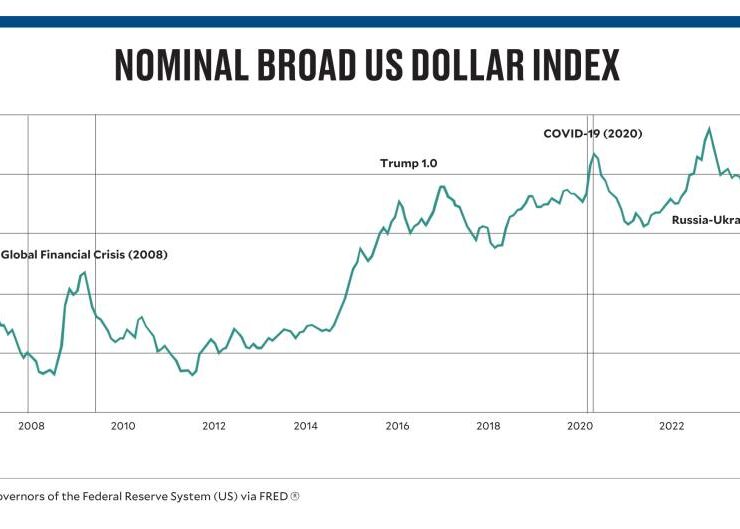PH June export growth at 14-month high

Front-loading by American importers following President Donald Trump’s tariff threats fueled Philippine export growth in June, posting its best expansion rate in 14 months, which helped cut the country’s trade deficit.
Preliminary data from the Philippine Statistics Authority (PSA) showed that merchandise export earnings had jumped 26.1 percent year-on-year to $7 billion—the strongest growth since the 28.2-percent increase in April 2024.
This brought total export receipts in the first half to $41.2 billion, representing a 13-percent growth.
In a commentary, analysts at Chinabank Research said Filipino exports likely benefited from heightened demand by US importers rushing to secure goods ahead of the looming tariff hikes.
But Chinabank said Trump’s announcement of a higher-than-expected import tax on Filipino goods may dampen the growth momentum.
After a bilateral meeting with Trump in Washington last week, President Marcos confirmed that the US would proceed with the imposition of a 19-percent tariff on Philippine exports. This was higher than the 17 percent rate announced in April but slightly below the 20 percent floated earlier this month.
The revised tariff rate on the Philippines was the second lowest in the Association of Southeast Asian Nations (Asean), alongside that imposed on Indonesia. Singapore, which has a bilateral Free Trade Agreement with the US, has the lowest rate at 10 percent.
US tariffs imposed on other Southeast Asian countries range between 19 percent and 49 percent.
Tariff deal
In exchange, the Philippines agreed to scrap tariffs on American automobiles and boost the importation of US soybeans, wheat and pharmaceutical products.
“The recently announced trade deal with the US has offered some clarity on trade policy,” Chinabank said.
“However, the 19-percent levy, comparable to some Asean peers, potential tariffs on chips, and the eventual tapering off of front-loading momentum could weigh on future export demand,” it added.
“On the upside, we are seeing strong growth in exports to other markets, which could help offset potential softer demand from the US.”
Zooming out, the strong export performance helped improve the Philippines’ trade imbalance.
Data showed Filipinos had imported $3.95 billion more goods than they exported in June. This represented an 8.8-percent decline in the country’s trade deficit.
Imports grew by 10.8 percent to $10.98 billion on the back of heightened purchases of capital and consumer goods, offsetting the 10.7-percent decline in inbound shipments of mineral fuel.
In its latest World Economic Outlook report, the Washington-based International Monetary Fund (IMF) maintained its 2025 gross domestic product growth forecast for the Philippines at 5.5 percent.
Meanwhile, it slightly raised its 2026 projection by 0.1 percentage point to 5.9 percent.
At a press conference on Tuesday night, Pierre-Olivier Gourinchas, economic counselor at IMF, said that while there may be a “de-escalation” of trade tensions, risks to the global economy remained.
“Despite these welcome developments, tariffs remain historically high and global policy remains highly uncertain, with only a few countries having reached fully fleshed out trade agreements,” Gourinchas said.
“This modest decline in trade tensions, however fragile, has contributed to the resilience of the global economy so far,” he added.





















